Once you put aside all the bad stuff about the China virus (now, don’t none of you yahoos read that and run out and commit violence on some random Chinese-looking person; we all know how easily incited you are by the word ‘China’), it has been a huge learning experience. I mean, sure, tens of thousands of the elderly and infirm died in nursing homes because those facilities were deliberately seeded with infected patients. Many folks died because they were stuck on ventilators that did them much more harm than good. And businesses have been shut down. Our kids lost at least a year of schooling…on the plus side, they were away from the public school influence, so there is that.
Lots of terminally ill patients were not allowed to have final visits with loved ones. The deaths from drug overdoses have skyrocketed. There is a suicide epidemic among teens that is directly linked to the absence of social contact. We got stimulus checks, and most of us will be long dead while our progeny and their offspring attempt to pay off the debt. If you are inclined to totalitarianism, then the past year has been great for you. We now know there is literally a “public health” exception to the US Constitution that allows random bureaucrats to order you into quarantine and prevent you from having a family gathering or funeral, and they are allowed to use the coercive power of law enforcement officers to enforce that diktat.
On the plus side of the ledger, we’ve learned a lot about the behavior of viruses and vaccines that we never knew before. For instance, a simple face mask can stop the virus by magic. I mean, you can breathe through the mask and around the mask, but the virus, which is orders of magnitude smaller than the gap between the fibers making up the mask, is still stopped. Viruses don’t spread when you are sitting at a restaurant table, but they do spread when you walk through the same restaurant, necessitating the wear of the magic face mask. The China virus has some other interesting and unique properties. Unlike other viruses, if you’ve contracted and survived the China virus, you are still vulnerable to catching it again. If you have immunity to the virus, you can still spread it. If you get vaccinated, you are still a danger to others and must wear the magic face mask.
Gathering together in large groups sets off a chain event called a “superspreader event.” except when you are in a state that doesn’t require you to wear face masks and hide under your bed. For instance, there were 460,000 people in Sturgis, SD, last summer for the motorcycle rally, and fewer than 500 cases were linked to that event. The Super Bowl in Florida was not associated with any China virus outbreaks. The Conservative Political Action Committee (CPAC) convention, also held in Florida, likewise is not linked to any disease outbreak of the respiratory type. This pattern leads one to believe that the virus can sense when people just don’t give a f***, and it backs off.
This, in turn, implies that the virus feeds on fear. The virus is also nocturnal, and to combat its nighttime prowling, many jurisdictions have established curfews. It frequents areas where liquor is served, particularly on holidays. This led Pennsylvania to shut down liquor stores and forbid alcohol sales over the Thanksgiving weekend. We also learned that the virus could calculate distance, and it will not travel more than six feet to find another victim.
The way the virus has advanced our knowledge has just been amazing.
Just joking.
What the virus has conclusively proven is that our public health establishment might rise to the level of morons on a good day (Are We in Danger From Wuhan Virus or Are We Sheep Being Led by Idiots Instead of Experts). We’ve learned that the trillions of dollars we’ve invested in biomedical research don’t seem to have moved the needle forward on basic knowledge about the mechanisms by which viruses spread. The statements by alleged public health leaders have been contradictory to what was previously known about immunology and, quite often, at odds with common sense.
While face mask mandates are undoubtedly the most noxious policy imposed upon a mostly unwilling populace, there is no doubt that the six-foot “social distancing” rule was the policy that did immense damage to the nation’s economy. Bars, restaurants, theaters, and numerous other businesses would have survived had the maximum occupancy of their facilities not been cut to a fraction of that. Schools would have remained open. Time and time again, it has been the political preferences of public health officials that have led to treating the citizens of this nation as though they were lab rats, only without any legal constraints on what they do to us that they would face in using lab animals.
There are hints that this rule may be on its way out.
One has the right to ask if a policy that was unjustly and arbitrarily imposed upon the nation at great cost can be casually and arbitrarily changed to something else, then what was the rationale underpinning the decision in the first place? Not much, as it turns out. Here, I’d like to give a shout out to Sean Davis at the Federalist for the inspiration:
The New York Times told us last year in a hagiographic profile of a mid-level government bureaucrat that the idea came from a 14-year-old’s science project. https://t.co/kp5QgwLPx0
— Sean Davis (@seanmdav) March 17, 2021
In a New York Times story, headlined Three Feet or Six? Distancing Guideline for Schools Stirs Debate, we find support for the six-foot rule to be nearly nonexistent.
“It never struck me that six feet was particularly sensical in the context of mitigation,” said Dr. Ashish Jha, dean of the Brown University School of Public Health. “I wish the C.D.C. would just come out and say this is not a major issue.”
…
The idea remains contentious, in part because few studies have directly compared different distancing strategies. But the issue also boils down to a devilishly difficult and often personal question: How safe is safe enough?“There’s no magic threshold for any distance,” said Dr. Benjamin Linas, a specialist in infectious diseases at Boston University. “There’s risk at six feet, there’s risk at three feet, there’s risk at nine feet. There’s risk always.” He added, “The question is just how much of a risk? And what do you give up in exchange?”
…
The origin of the six-foot distancing recommendation is something of a mystery. “It’s almost like it was pulled out of thin air,” said Linsey Marr, an expert on viral transmission at Virginia Tech University.
The best arguments that any of the proponents for the six-foot rule can come up with are a) “there are no studies that say that three feet is as good as six feet” and b) “it doesn’t hurt anything.” Neither of those is particularly compelling. There are really no empirical studies that say three feet is better than two feet or better than one-foot. We can surmise that might be the case, but the proof is limited to one’s preferences. The claim that leaving the six-foot mandate in place doesn’t harm anything is only true if you are paid by the government or a major research university and don’t have to worry about your business going bankrupt.
The “out of thin air” claim is also specious in the context of this story. We have an excellent idea of where the six-foot rule comes from, and it wasn’t pulled out of thin air but out of someone’s fourth point of contact. From the New York Times last April, while we were only one month into “thirty days to stop the spread” and merely four weeks into “fourteen days to flatten the curve,” we have this gem, The Untold Story of the Birth of Social Distancing.
Fourteen years ago, two federal government doctors, Richard Hatchett and Carter Mecher, met with a colleague at a burger joint in suburban Washington for a final review of a proposal they knew would be treated like a piñata: telling Americans to stay home from work and school the next time the country was hit by a deadly pandemic.
When they presented their plan not long after, it was met with skepticism and a degree of ridicule by senior officials, who like others in the United States had grown accustomed to relying on the pharmaceutical industry, with its ever-growing array of new treatments, to confront evolving health challenges.
Drs. Hatchett and Mecher were proposing instead that Americans in some places might have to turn back to an approach, self-isolation, first widely employed in the Middle Ages.
…
Given the increased danger from new strains of influenza and the reality that existing antiviral drugs like Tamiflu did not work against all contagious diseases, Drs. Hatchett and Mecher and their team began exploring other ways to combat a large-scale contagion.It was about that time that Dr. Mecher heard from Robert J. Glass, a senior scientist at Sandia in New Mexico who specialized in building advanced models to explain how complex systems work — and what can cause catastrophic failures.
Dr. Glass’s daughter Laura, then 14, had done a class project in which she built a model of social networks at her Albuquerque high school, and when Dr. Glass looked at it, he was intrigued.
…
Dr. Glass piggybacked on his daughter’s work to explore with her what effect breaking up these networks would have on knocking down the disease.The outcome of their research was startling. By closing the schools in a hypothetical town of 10,000 people, only 500 people got sick. If they remained open, half of the population would be infected.
“My God, we could use the same results she has and work from there,” Dr. Glass recalled thinking. He took their preliminary data and built on it by running it through the supercomputers at Sandia, more typically used to engineer nuclear weapons. (His daughter’s project was entered in the Intel International Science and Engineering Fair in 2006.)
This is the dawn of the era where computer models had changed the meaning of GIGO from Garbage In, Garbage Out to Garbage In, Gospel Out. It also predates Alexandria Ocasio Cortez relying upon her high school science fair project to develop national policy. In a way, it, like the endless wars in Iraq and Afghanistan, is just another legacy of the Bush administration. The curmudgeons remained unconvinced.
One particularly vociferous critic was Dr. D.A. Henderson, who had been the leader of the international effort to eradicate smallpox and had been named by Mr. Bush to help oversee the nation’s biodefense efforts after the 2001 terrorist attacks.
Dr. Henderson was convinced that it made no sense to force schools to close or public gatherings to stop. Teenagers would escape their homes to hang out at the mall. School lunch programs would close, and impoverished children would not have enough to eat. Hospital staffs would have a hard time going to work if their children were at home.
The measures embraced by Drs. Mecher and Hatchett would “result in significant disruption of the social functioning of communities and result in possibly serious economic problems,” Dr. Henderson wrote in his own academic paper responding to their ideas.
The answer, he insisted, was to tough it out: Let the pandemic spread, treat people who get sick and work quickly to develop a vaccine to prevent it from coming back.
Welp. We can see who was right. This was based on a computer model, much like the Armageddon model produced by some mad Brit who kicked off this panic. Schools have nothing to do with the spread of the Wuhan virus, making the model inappropriate to the pathogen. It seems to be a prime case of “gee, boss, we have this nifty computer model, can we use it.” We have undergone severe social and economic dislocation. The only places showing progress are those who decided to get about their lives and treat the sick as needed.
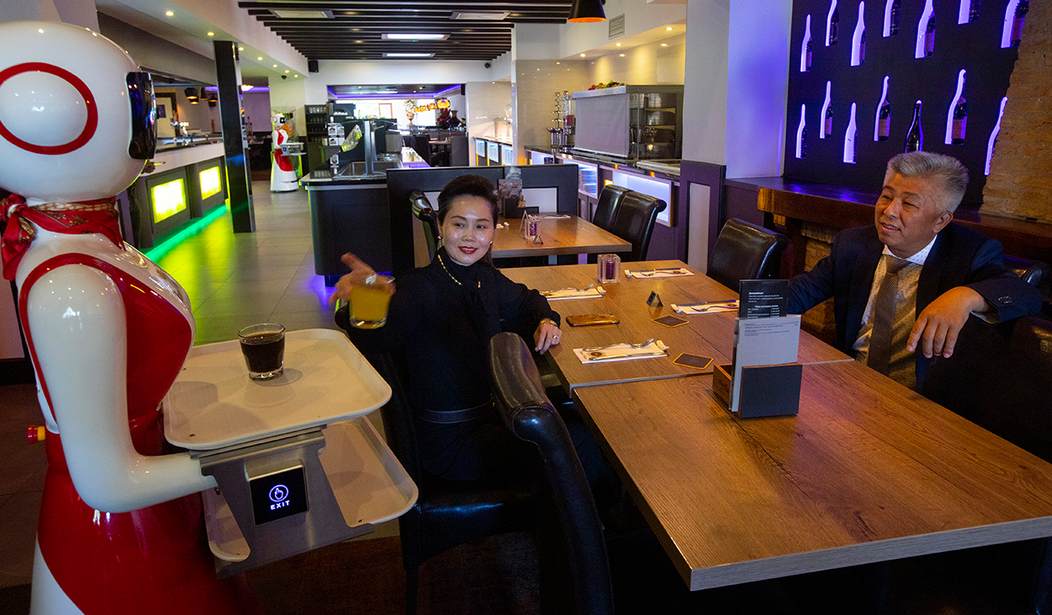

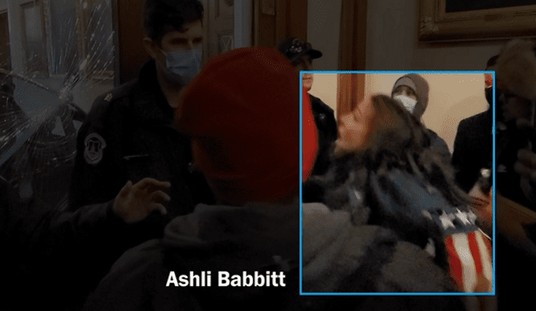
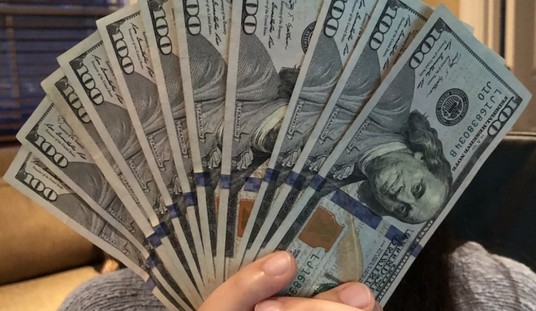
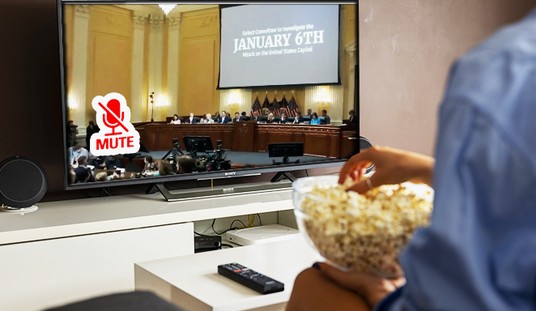





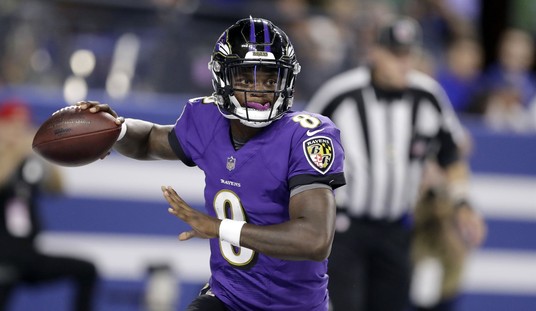
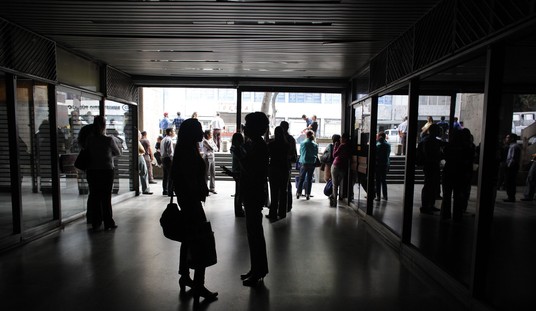
Join the conversation as a VIP Member